In the previous post, I’ve had a look at the Anker Prime 200W A1336 power bank and its features. One thing I wanted to do a separate post on is the simultaneous charging and discharging feature.
Continue reading Anker Prime Power Bank – Simultaneous Charge and DischargeAuthor: Martin
Review: Anker Prime Power Bank 72Wh
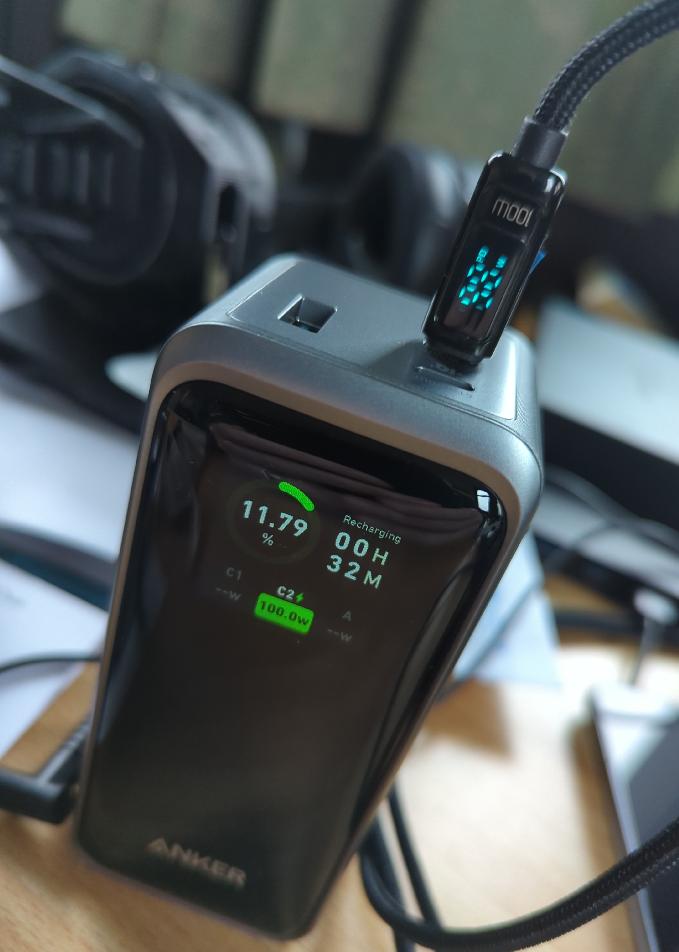
It’s not often I review a product on this blog other than notebooks with Linux on them, but I’ll make an exception for the 72Wh Anker Prime power bank, because it has a number of features that made it very interesting to me, and a few quirks that are not mentioned in the advertising. I bought this power bank, as the one I bought 2 years ago is limited to USB-C 60W Power Delivery (PD) and there has been a recent application for which I needed at least 100W PD. So I looked for something new and ended up with this one, which can deliver 100W on each of its 2 USB-C connectors. So here’s how it performs for me in practice.
Continue reading Review: Anker Prime Power Bank 72WhEduroam Configuration for Android in 2024
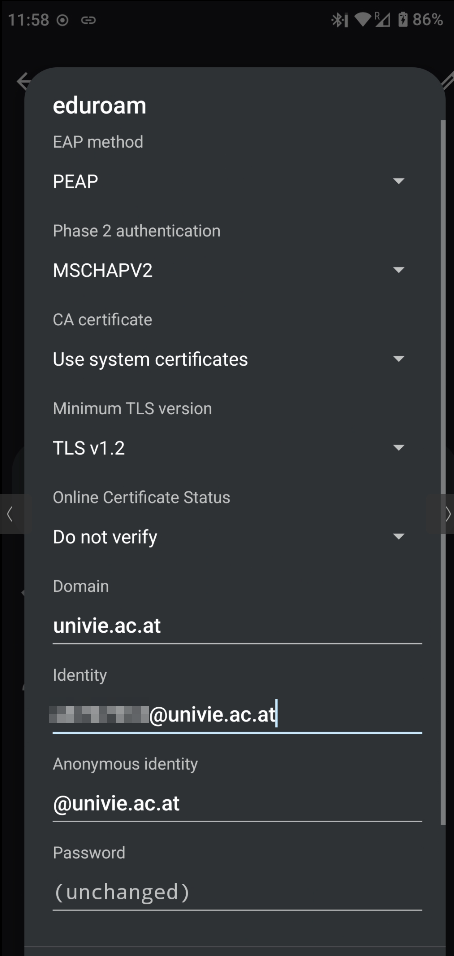
In addition to a notebook, I recently also configured an Android phone for Eduroam for a University of Vienna user. Fortunately, things have become a lot simpler in recent years, and no special knowledge or app is required for Android 14. The screenshot shows the parameters to be set. For added security, I set the minimum TLS version required to 1.2. There is also a version 1.3 setting, but it looks like the University is not yet using this TLS version. So back to 1.2, better than the default setting. It’s nice to see there is a field to configure the ‘domain’ which makes me hope that the device does indeed check the domain during the certificate exchanged for increased security.
One NZ Starlink – More Thoughts

After my initial post on this topic yesterday, I kept thinking about about the potential implications of eventually also providing LTE IMS voice and Internet service over One NZ Starlink in New Zealand ranging from satellite density over data rates to emergency calls. Follow me into the world of wild speculation…
Continue reading One NZ Starlink – More Thoughts‘One’ New Zealand Launches Starlink Direct-to-Device SMS Texting
Just shortly before Christmas and seemingly pretty much unnoticed by the rest of the world, RCR Wireless reports that mobile network operator One NZ in New Zealand has launched Starlink Direct-to-Device SMS text messaging with four unmodified smartphones! To date I can only find the ‘official’ description of how the service works and only the promotional video on Youtube. Too bad, I’d really be interested in some more technical details and field reports by independent people. I’m sure these will come in due time, but for now, there are at least a few interesting details in the material provided.
Continue reading ‘One’ New Zealand Launches Starlink Direct-to-Device SMS TextingEduroam Setup for Ubuntu 22.04
Last Updated: 12.11.2025
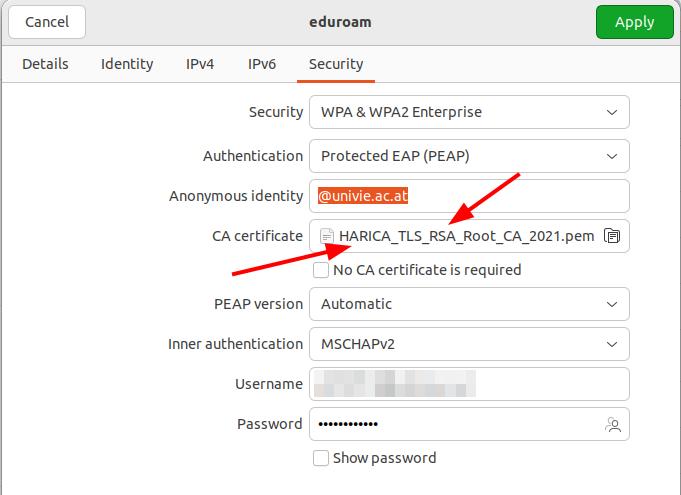
Like a number of times before, here’s a quick note how to setup Eduroam in a secure way, this time for Ubuntu 22.04. My example is for a University of Vienna student, parameters for other institutions might differ slightly. And like in previous Ubuntu versions, one input field is missing in the GUI configuration screen and perhaps thus also left out in the official documentation of the university.
Continue reading Eduroam Setup for Ubuntu 22.04Price Per TB over the Last 5 Years
I’m close to the point where my 8 TB backup disk drives need to be replaced by something bigger. No problem I thought, I’ve had those drives for four and a half years now, so bigger drives will probably come at the same price by now. I expected around 150 euros per 20 GB drive. Well, that didn’t quite work out.
Continue reading Price Per TB over the Last 5 YearsW11 – Part 3 – Virtualbox: Upgrading to Windows 11 on ‘Not-Supported’ Hardware
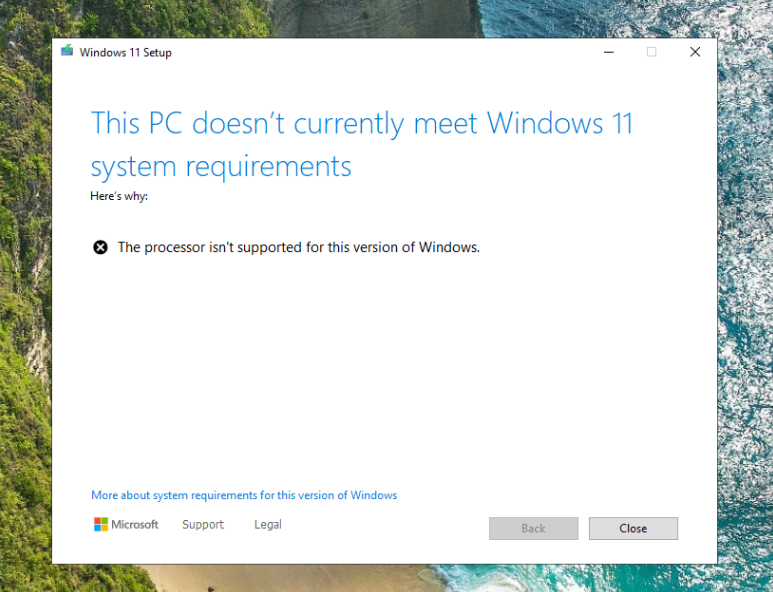
After I had figured out how to upgrade a Windows 10 installation in a Virtualbox VM to Windows 11 on ‘supported’ hardware, I was ready for the next step and upgrade a VM instance on a Linux based server with somewhat older hardware. In part 1 in this series, I could demonstrate that I can install a fresh W11 in a VM on that server without any problems. So I speculated that an upgrade of a W10 based VM to W11 would also work. Well, not quite…
Continue reading W11 – Part 3 – Virtualbox: Upgrading to Windows 11 on ‘Not-Supported’ HardwareW11 – Part 2 – Virtualbox: Upgrading to Windows 11 on ‘Supported’ Hardware
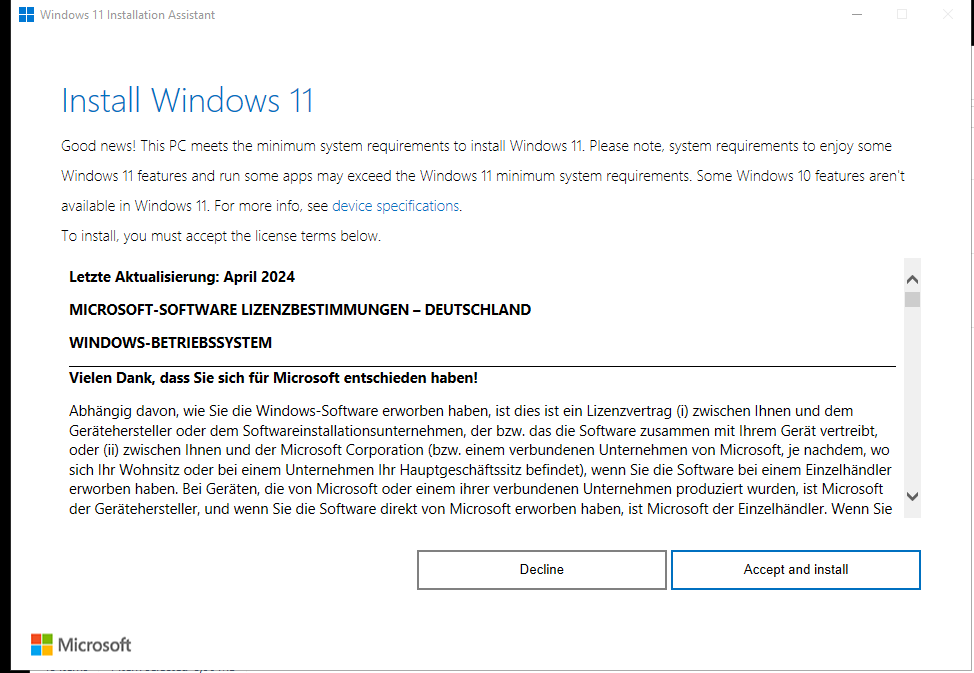
After realizing that Virtualbox provides everything these days that is required to install Windows 11 from scratch on my server that neither has a ‘supported’ processor nor a physical TPM, I dared to attempt the next step and upgrade my existing Windows 10 VMs to Windows 11. Unfortunately, it turned out that this was not as straight forward as my W11 from scratch install exercises suggested.
Continue reading W11 – Part 2 – Virtualbox: Upgrading to Windows 11 on ‘Supported’ HardwareW11 – Part 1 – Virtualbox: Install Windows 11 on a TPM-less Host
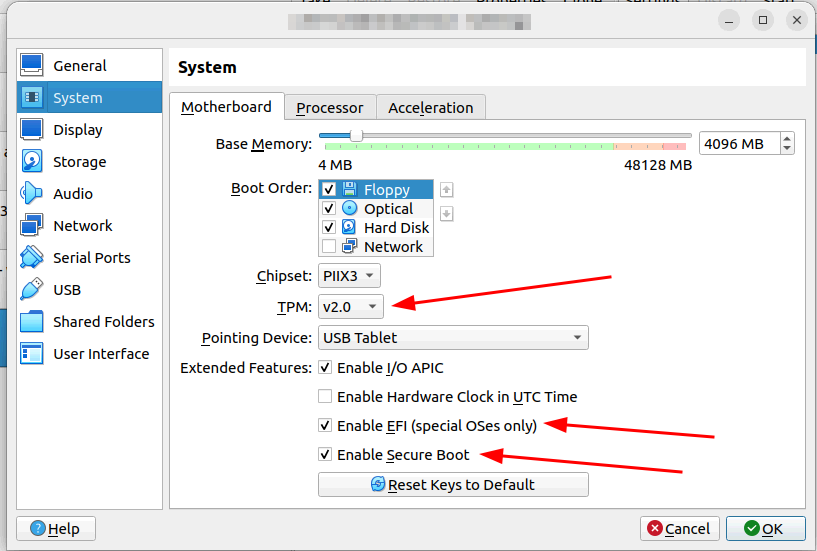
As you probably know, I’m firmly rooted in the Linux camp. Still, for some work related applications I have to use MS Windows. But at least it’s in a virtual machine… For that purpose, I have a Linux based server at home that runs, among many other things, a Windows 10 installation in a Virtualbox VM. The problem: In 2025, support for Windows 10 ends, so an upgrade to Windows 11 is required. Unfortunately, upgrading W10 to W11 in the VM is not straight forward, as the server is 8 years old, and MS thinks the hardware is too old for W11. Particularly, the server does not have a Trusted Platform Module, which is one of the preconditions to upgrade W10 to W11. Eventually, I managed to update the VM, but it was quite an uphill battle. As there were too many unknowns, I thought I’d start to get some experience by installing W11 in a VM from scratch and then build on the knowledge gained from this. As the whole exercise was quite a bit of a learning exercise, I’ll split the topic into a number of blog posts. Enjoy the ride!
Continue reading W11 – Part 1 – Virtualbox: Install Windows 11 on a TPM-less Host